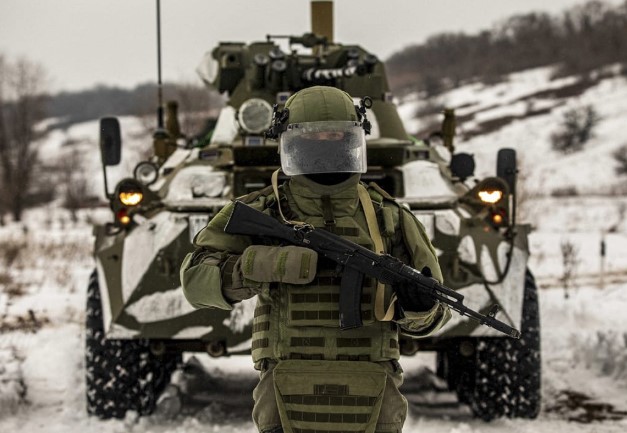The countries of the North Atlantic Alliance, commonly known as NATO, have promised to respond to Russia’s upcoming military exercises called Zapad-2025. Russia and Belarus are conducting these drills close to the borders of Poland and Lithuania. NATO and the European Union consider both these countries members, and the alliance is taking these military exercises very seriously.
International news sources report that Russia’s neighbors are preparing for tense days between September 12 and 16, 2025, as Moscow plans to simulate possible military clashes near NATO’s borders. Observers see these military exercises as a demonstration of military strength and readiness by Russia and its allies, and NATO is carefully watching every move.
NATO’s Alertness and Preparedness During Military Exercises
NATO and its member states are closely monitoring the situation. Lithuanian officials stated that the alliance fully prepares to respond if needed. They believe that the military exercises near their borders create a significant security concern and require full attention.
Neighboring countries, especially Poland and Lithuania, are coordinating with NATO forces to ensure they can act quickly. These preparations aim to strengthen security and prevent any unintended escalation during the ongoing military exercises.
NATO military drills showcase strength while Russia and Belarus mobilize for Zapad 2025
The military exercises do more than show military strength. They also simulate real-life scenarios in which Russian forces could come into contact with NATO forces. These drills have raised concerns across Europe and the rest of the world.
Lithuanian officials explained that NATO unites in its approach. The countries are ready to act together if the situation requires it. The alliance has assured that it will continue to closely watch the military exercises and take necessary steps to safeguard its member states.
NATO’s Multinational Efforts Near Ukraine
In addition to monitoring the military exercises near Poland and Lithuania, NATO is also focusing on Ukraine. NATO has set up a new Multinational force headquarters in Ukraine as part of its efforts to prepare for any possible ceasefire or escalation in the region.
A British military officer leads this headquarters, and France will manage its operations. The force ensures coordination between NATO member countries and provides support if the security situation worsens.
Trump backs Treasury warning of Russian collapse under new sanctions
The headquarters is expected to improve communication and cooperation among the military forces of different countries. This step demonstrates that NATO not only focuses on the borders near Poland and Lithuania but also actively works to strengthen peace and stability in Ukraine.
Global leaders and military experts are closely watching this new headquarters because it plays a key role in NATO’s strategy to respond to crises and maintain order in Eastern Europe.
Tense Situation but Strong Coordination During Military Exercises
The military exercises conducted by Russia and Belarus have made countries near the region alert. Poland and Lithuania are both increasing their security measures and staying in close communication with NATO.
These countries believe that it is better to be prepared for any challenge. NATO has made it clear that it is ready to respond quickly and effectively if the situation escalates.
The presence of NATO forces near the border, along with coordination efforts in Ukraine, shows how seriously the alliance is treating the growing military exercise.
Lithuania airspace closure imposed along Belarus border over growing drone threats
Both NATO and its member countries have made it clear that they are watching developments carefully. If the situation requires action, they will respond together to protect peace and stability in the region.
The next few days are expected to be tense as military exercises are carried out. However, the readiness of NATO and its member countries provides reassurance that they are prepared to deal with any unexpected events.

